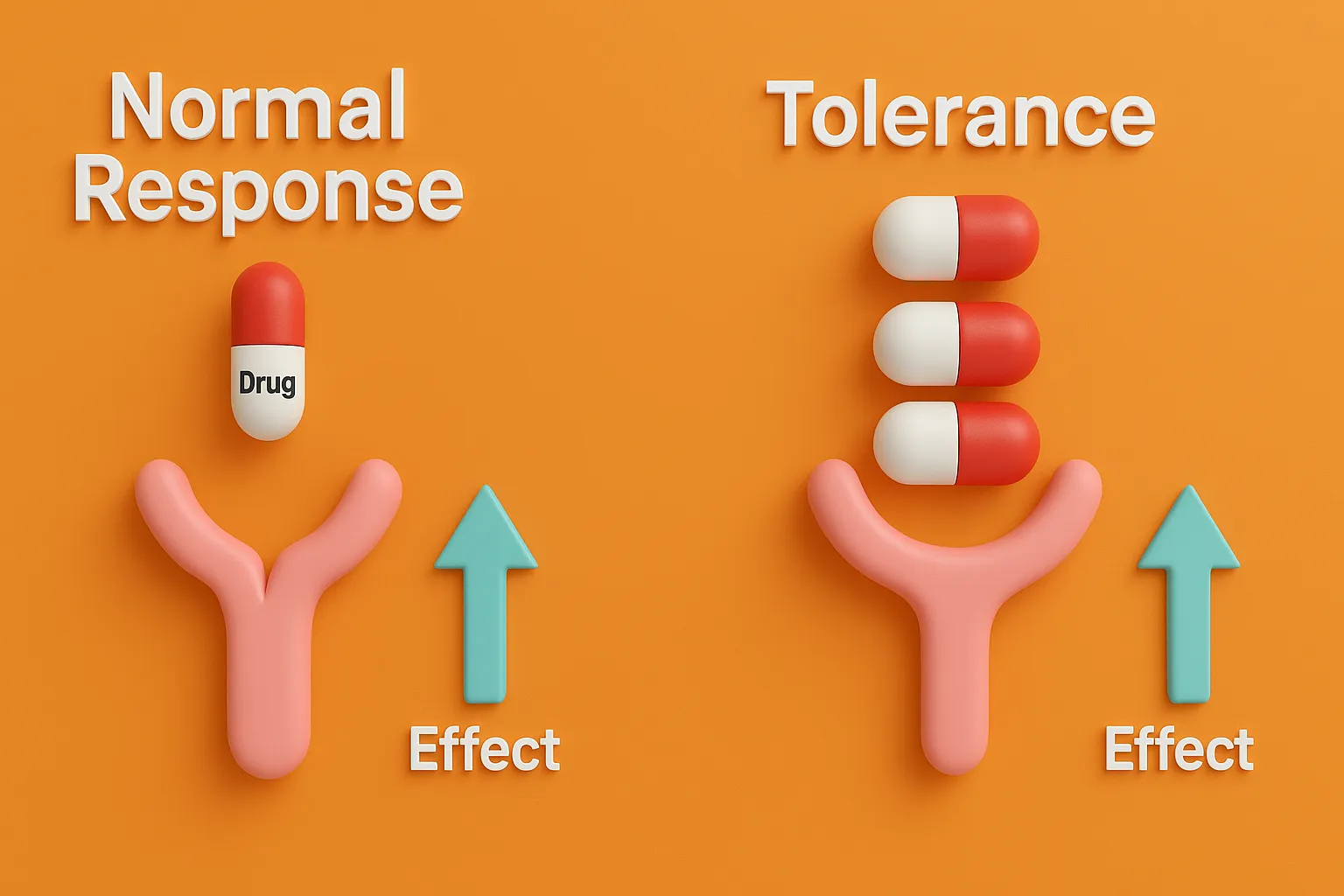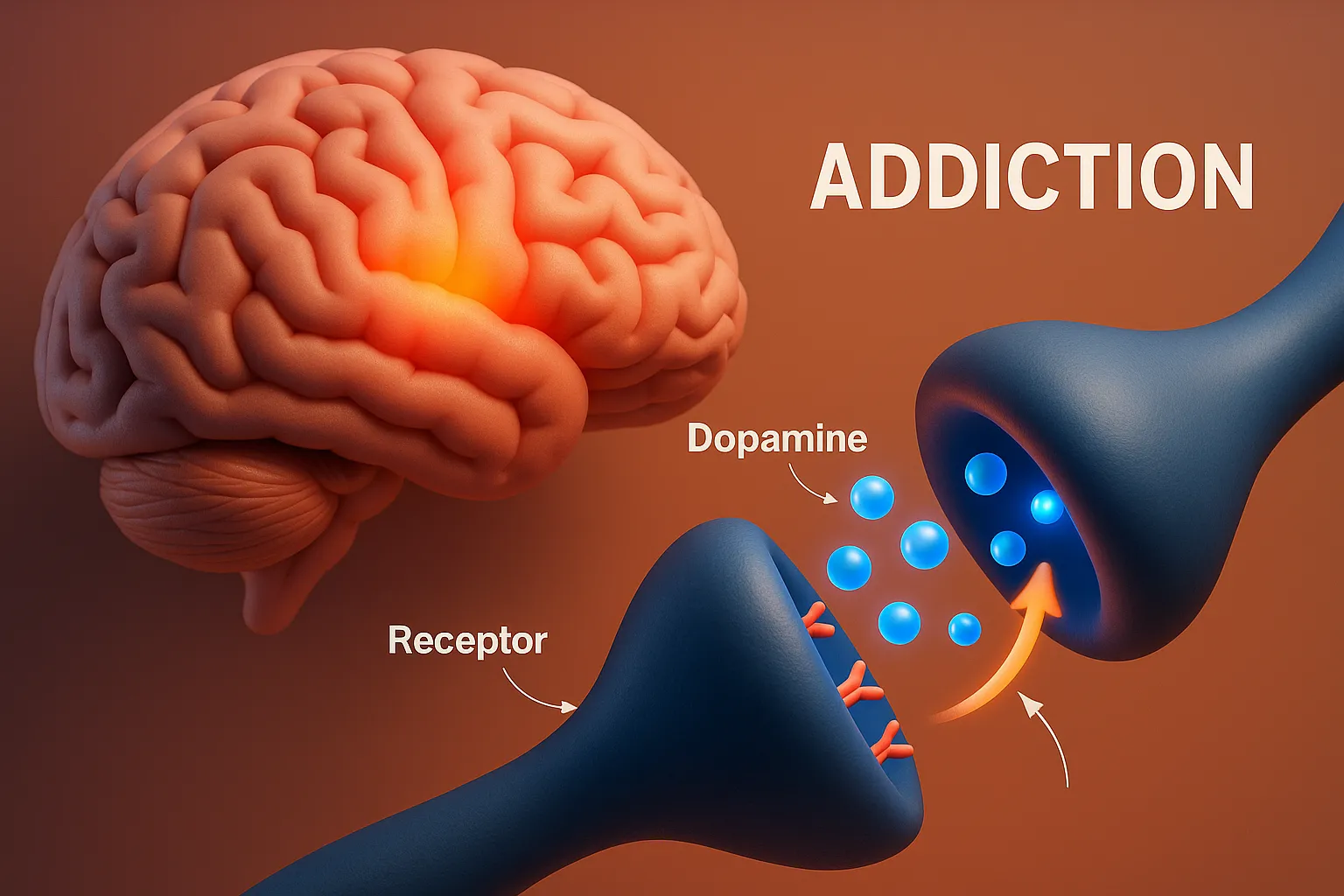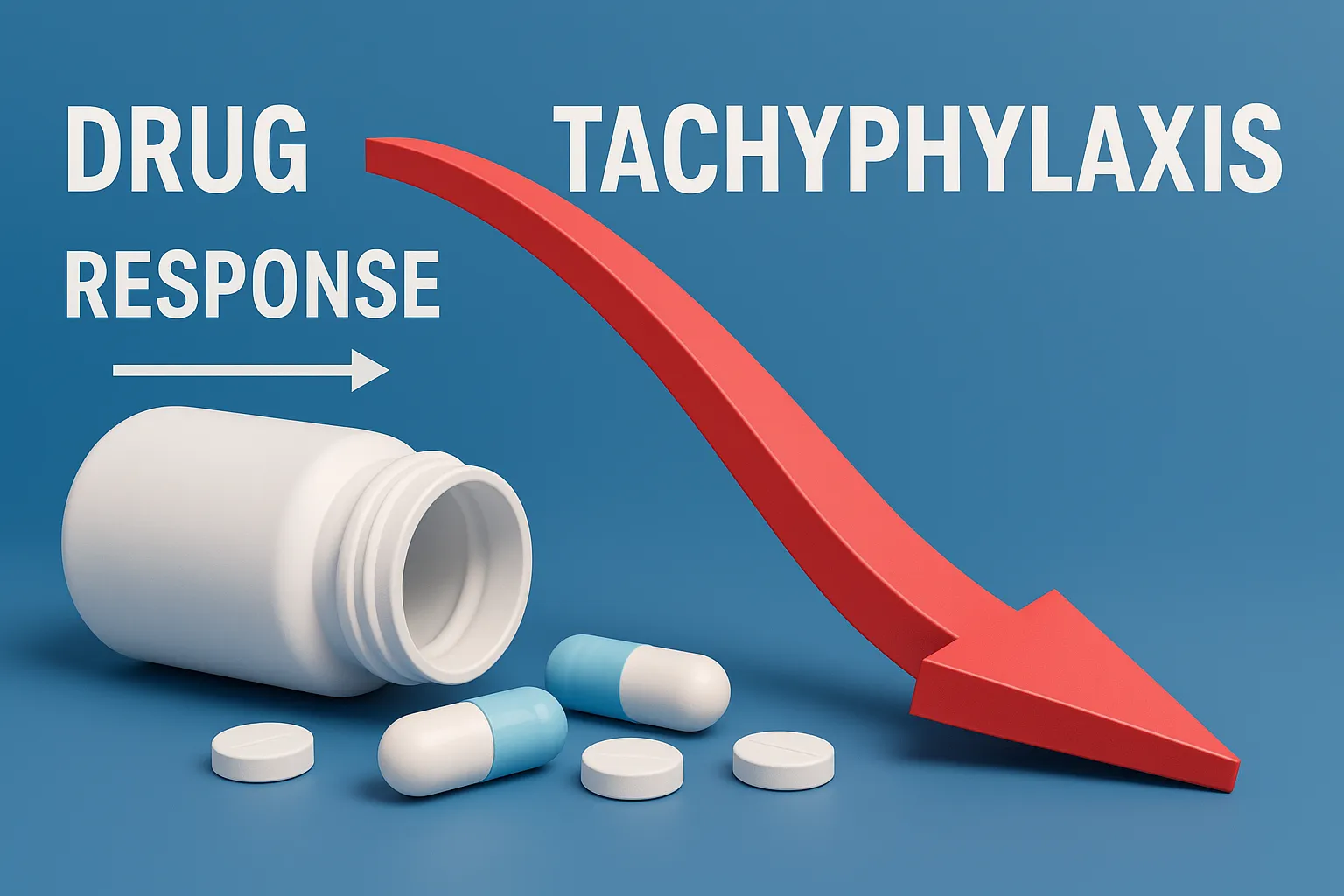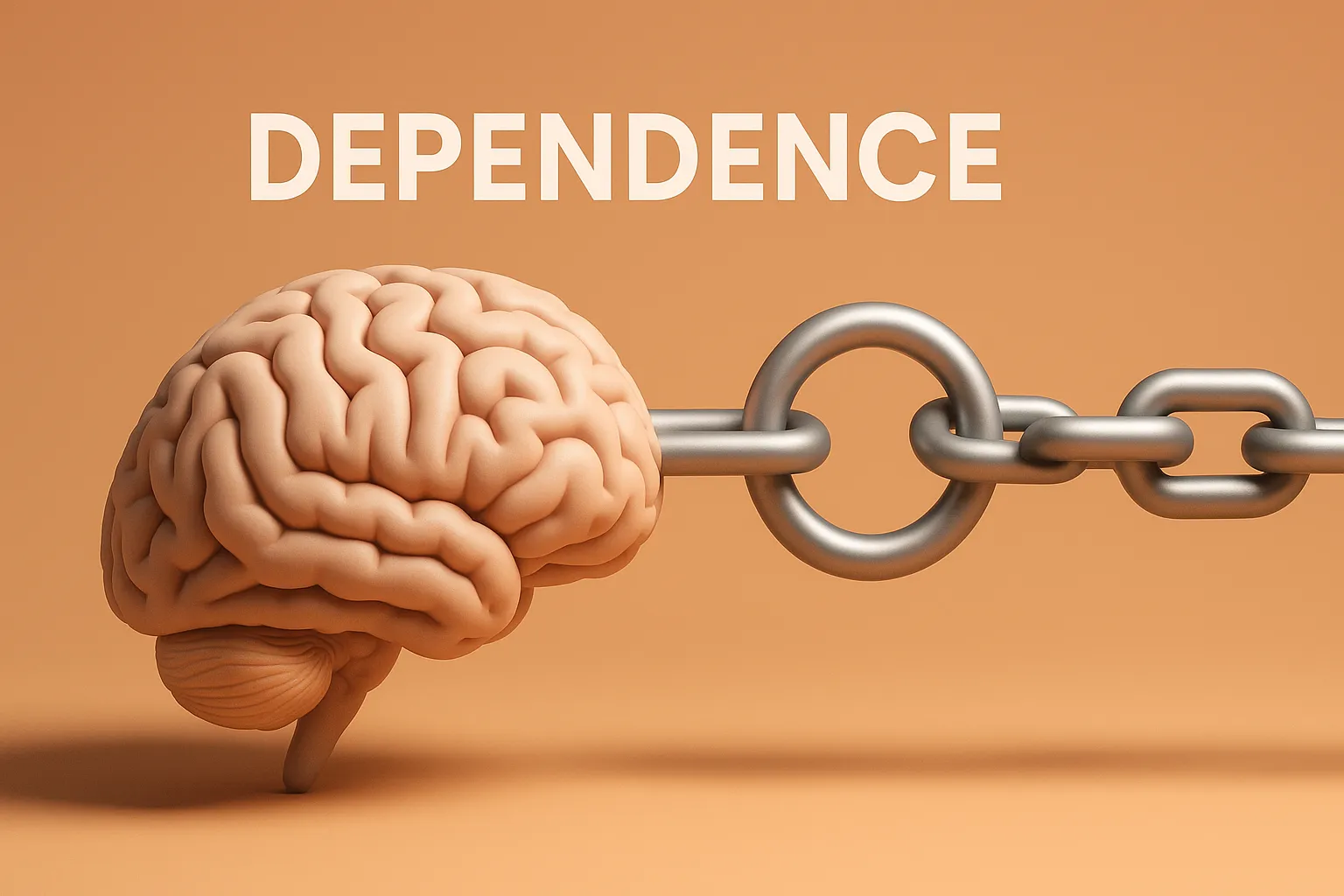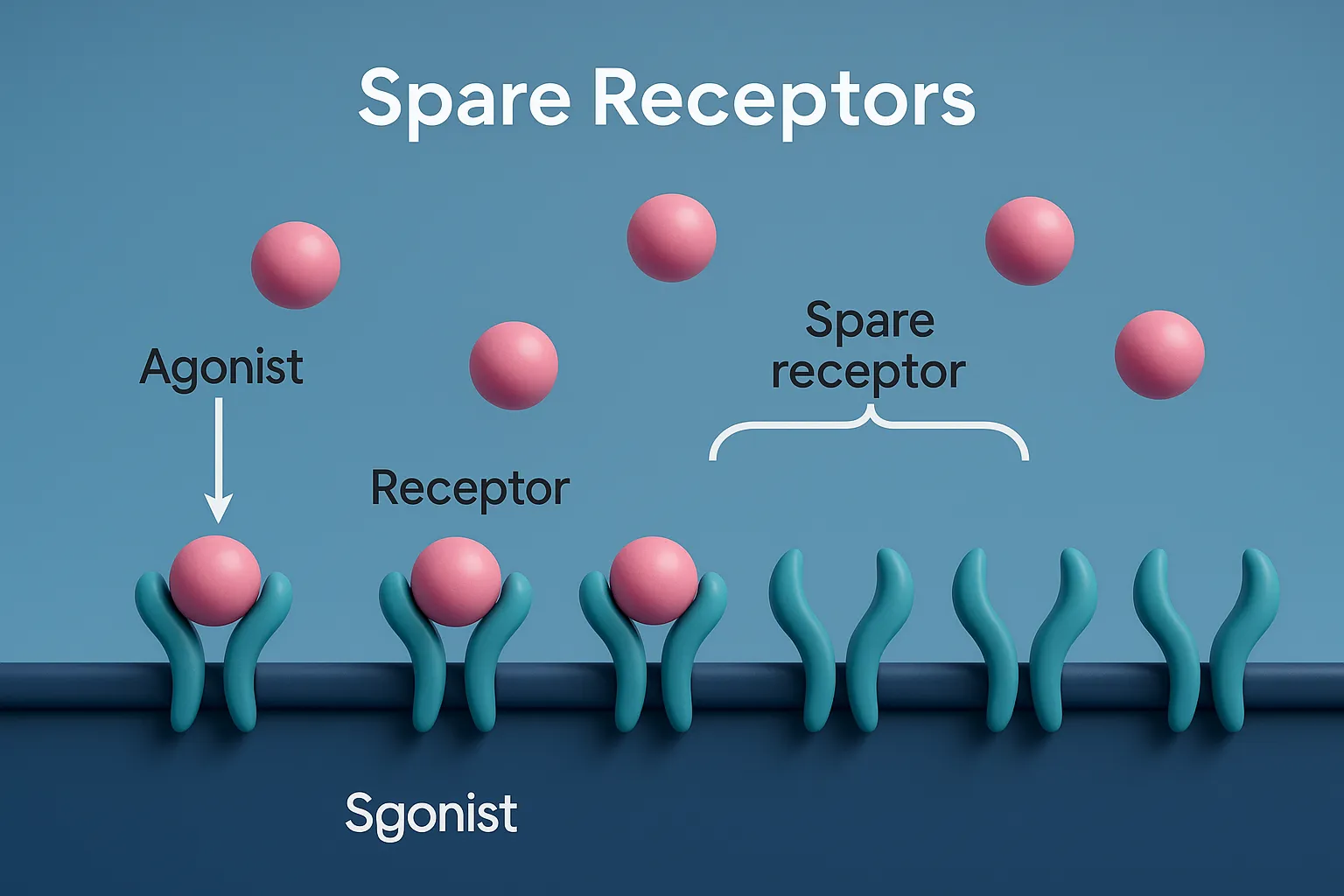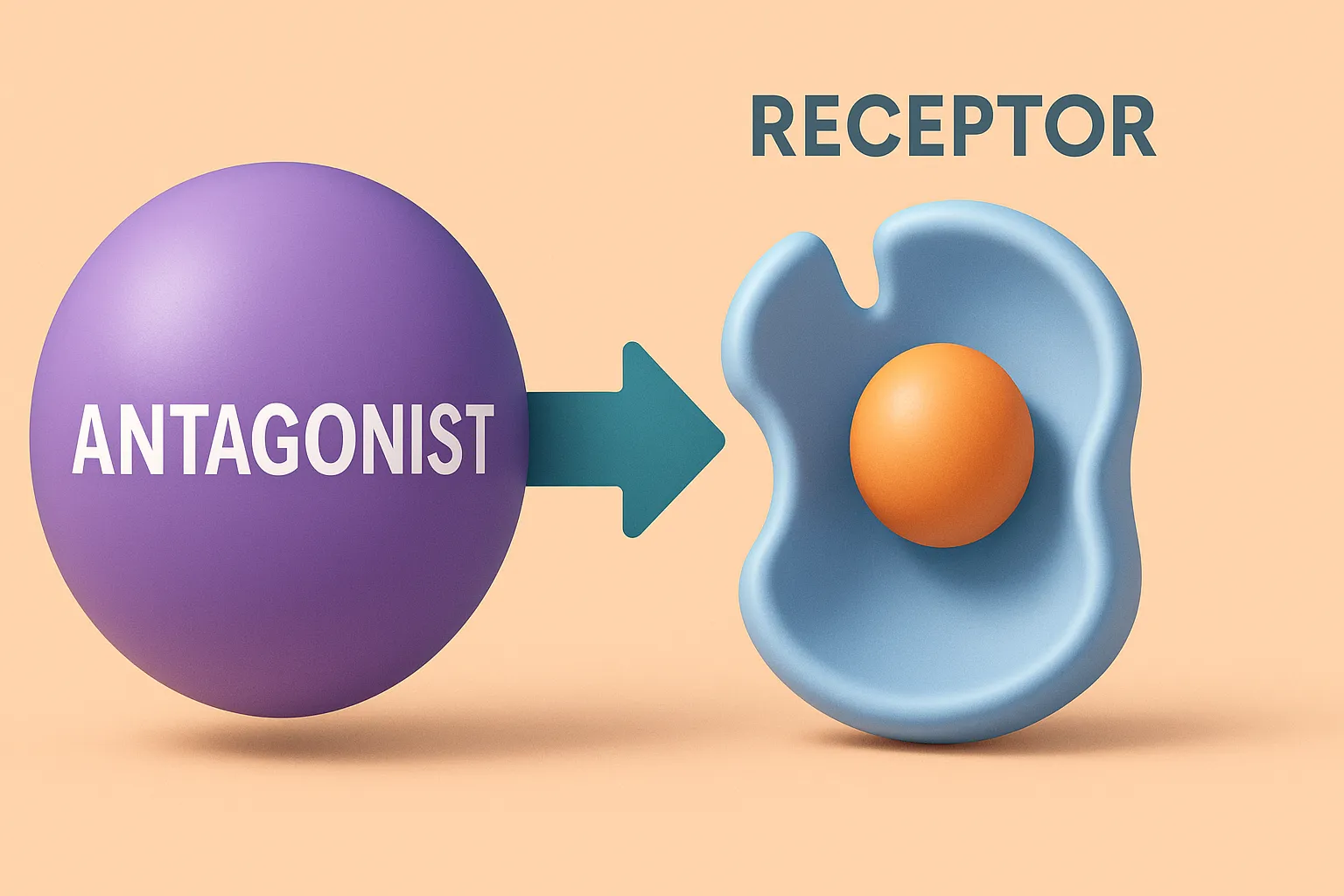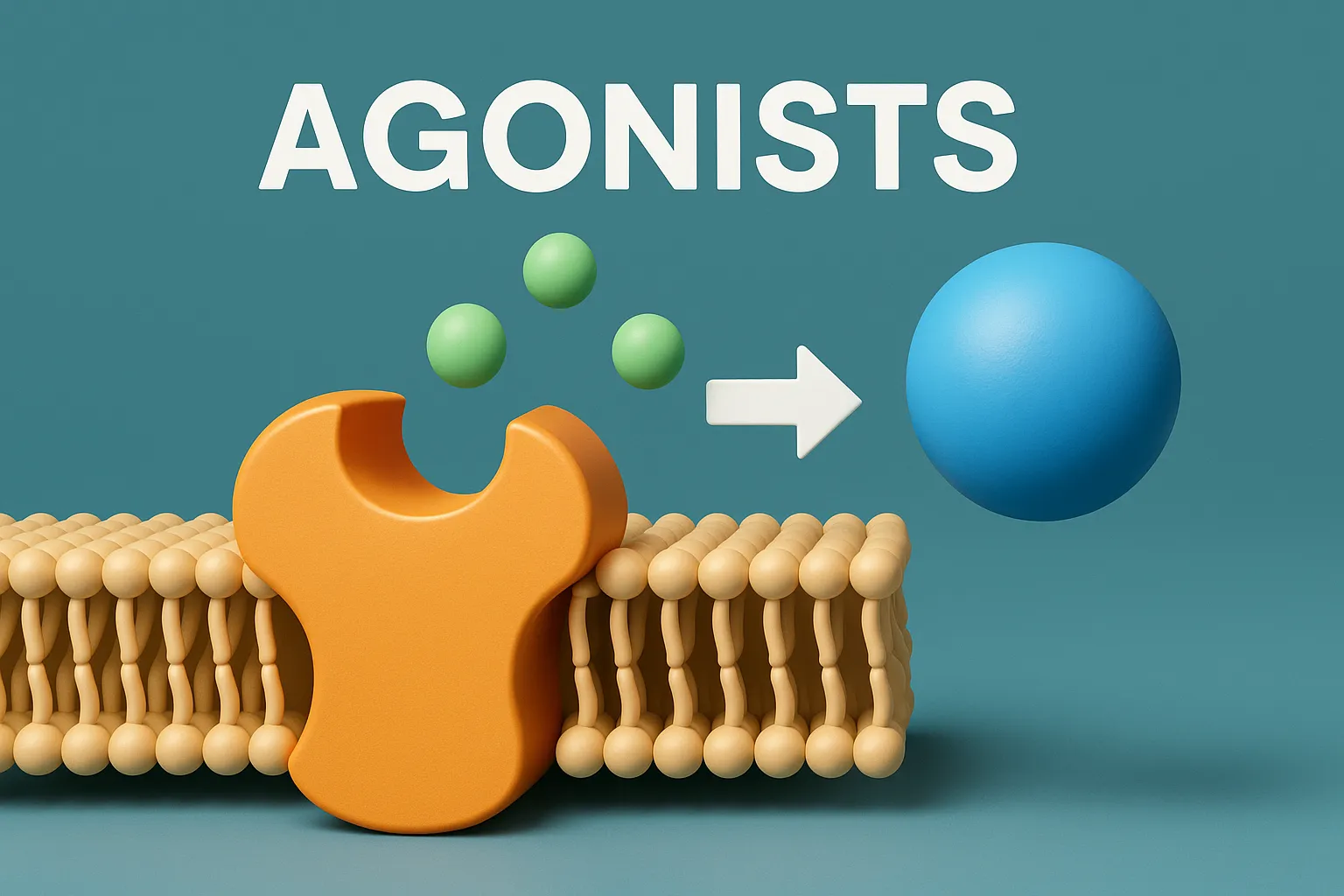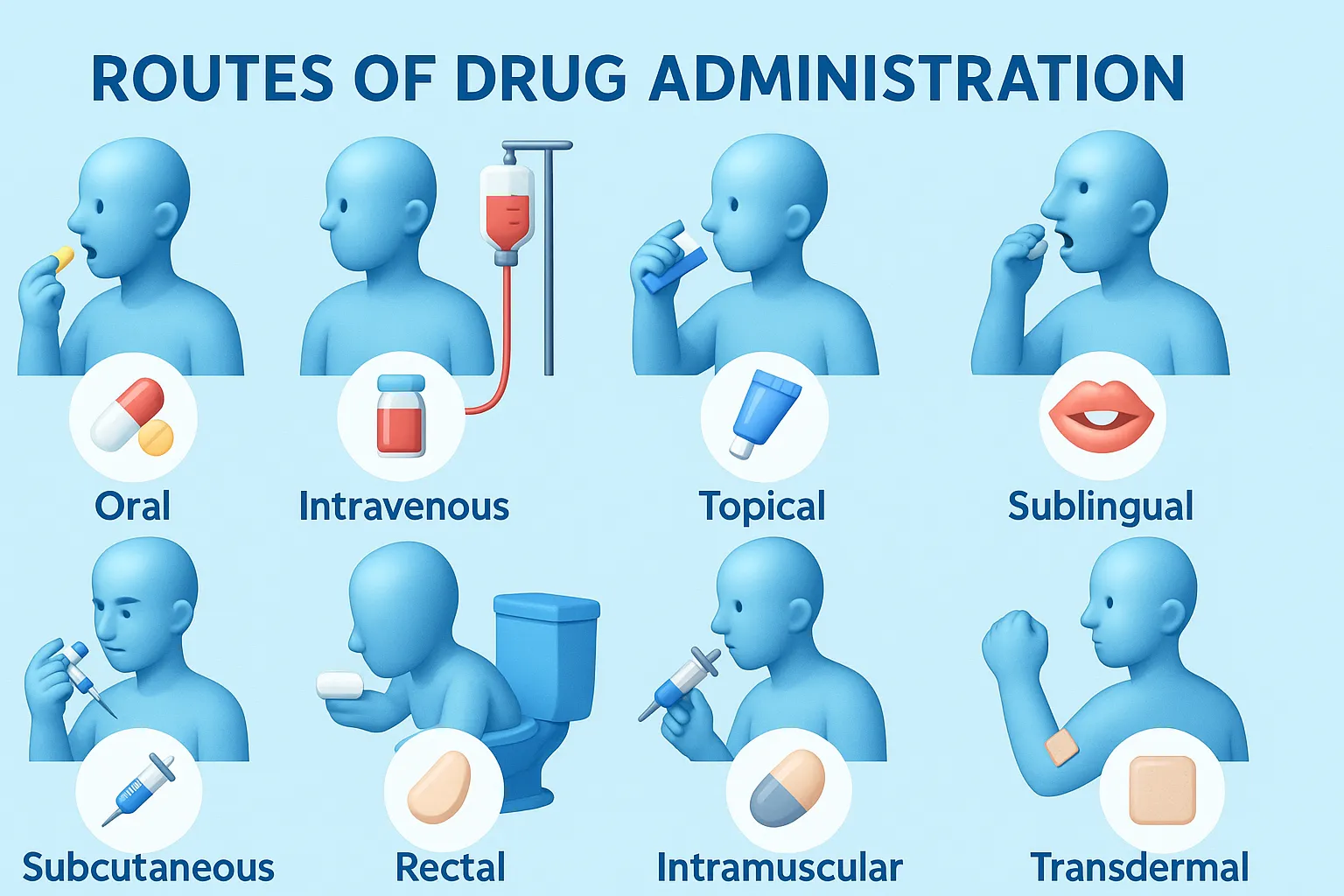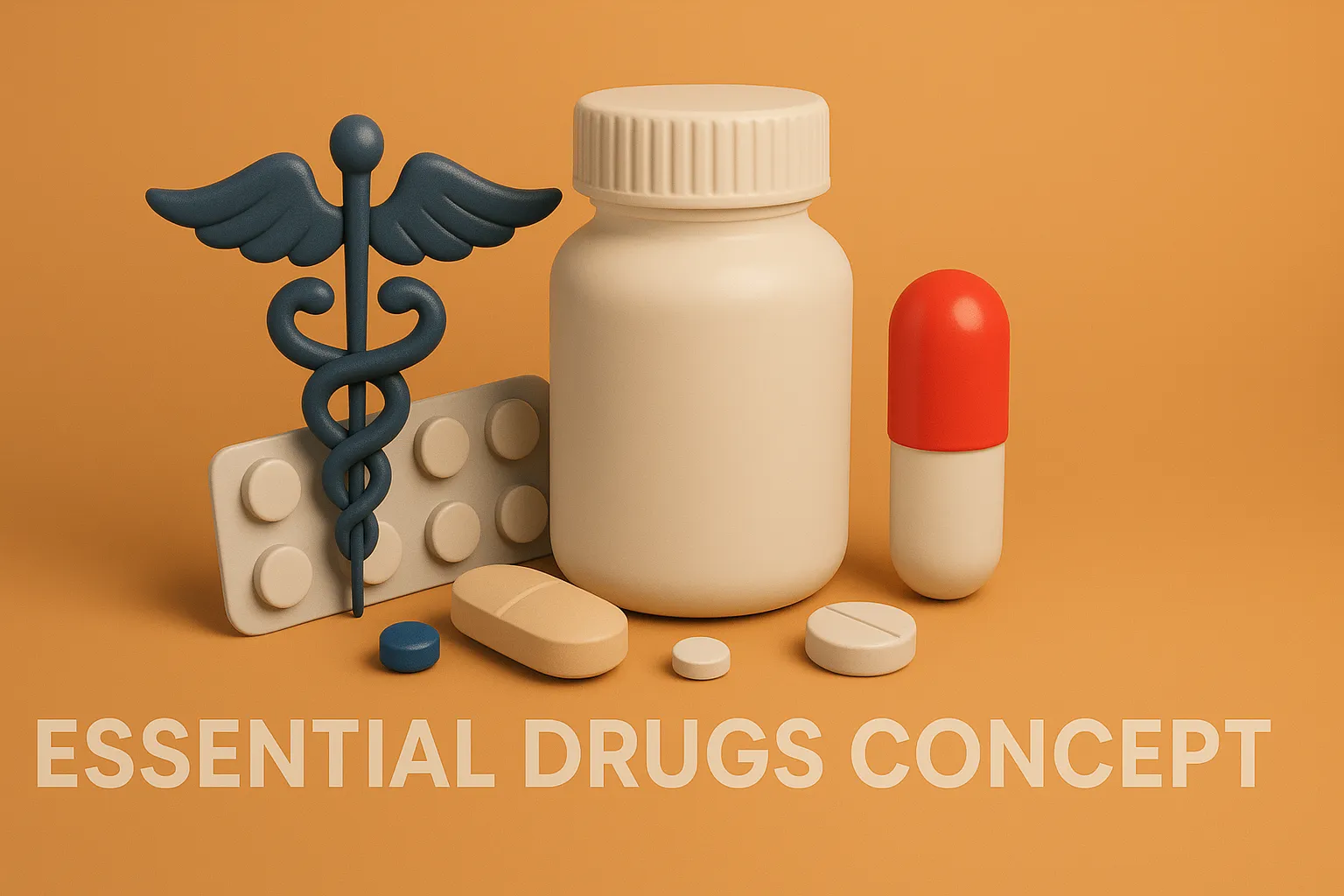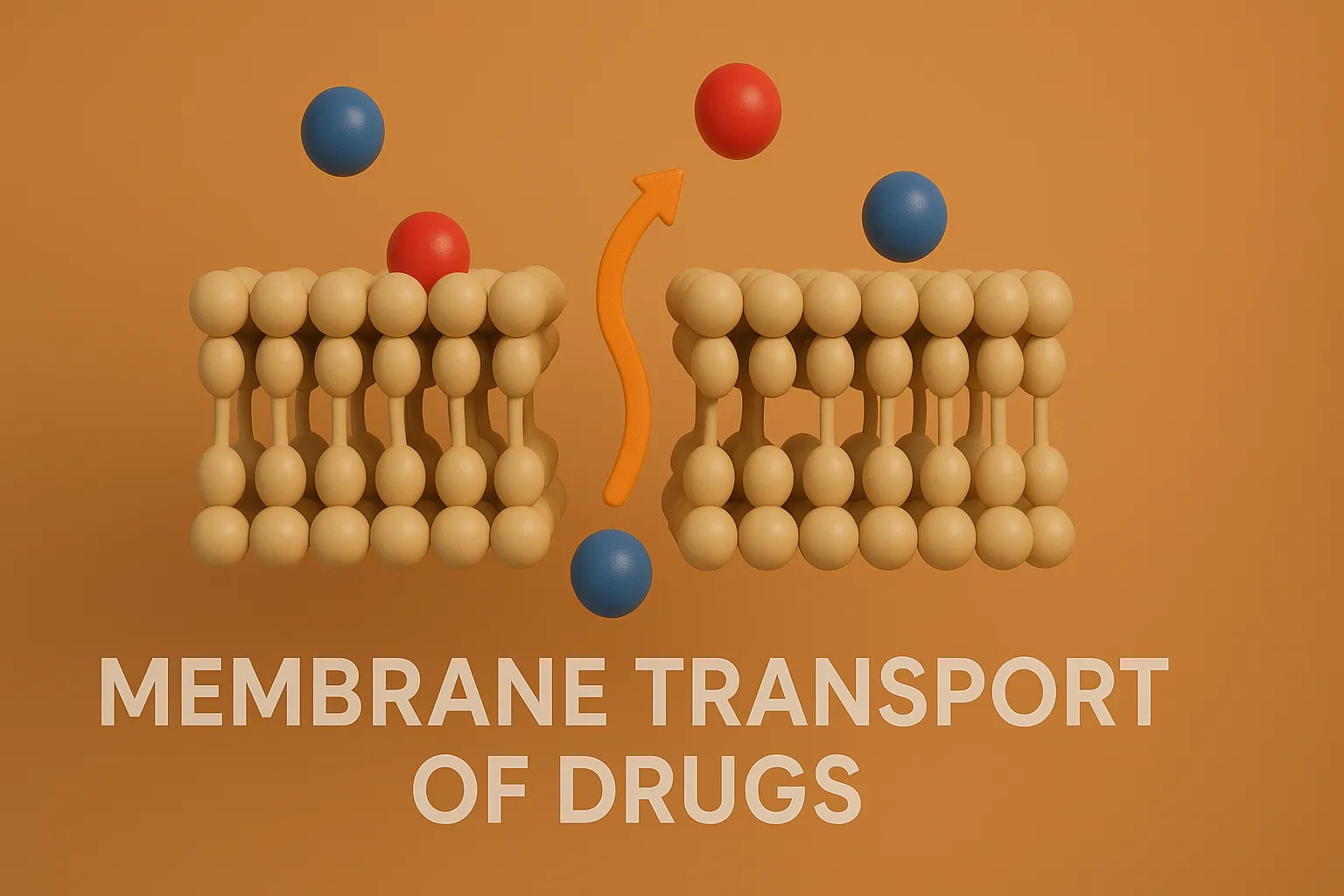Tolerance
Definition of Tolerance: It is a condition where increasing doses of a drug are required to produce the same effect previously achieved with a lower dose. Types: Pharmacokinetic: Due to increased drug metabolism (e.g., enzyme induction). Example: Barbiturates increase liver enzymes that metabolize drugs. Pharmacodynamic: Due to cellular changes at the receptor level (e.g., receptor … Read more

